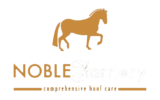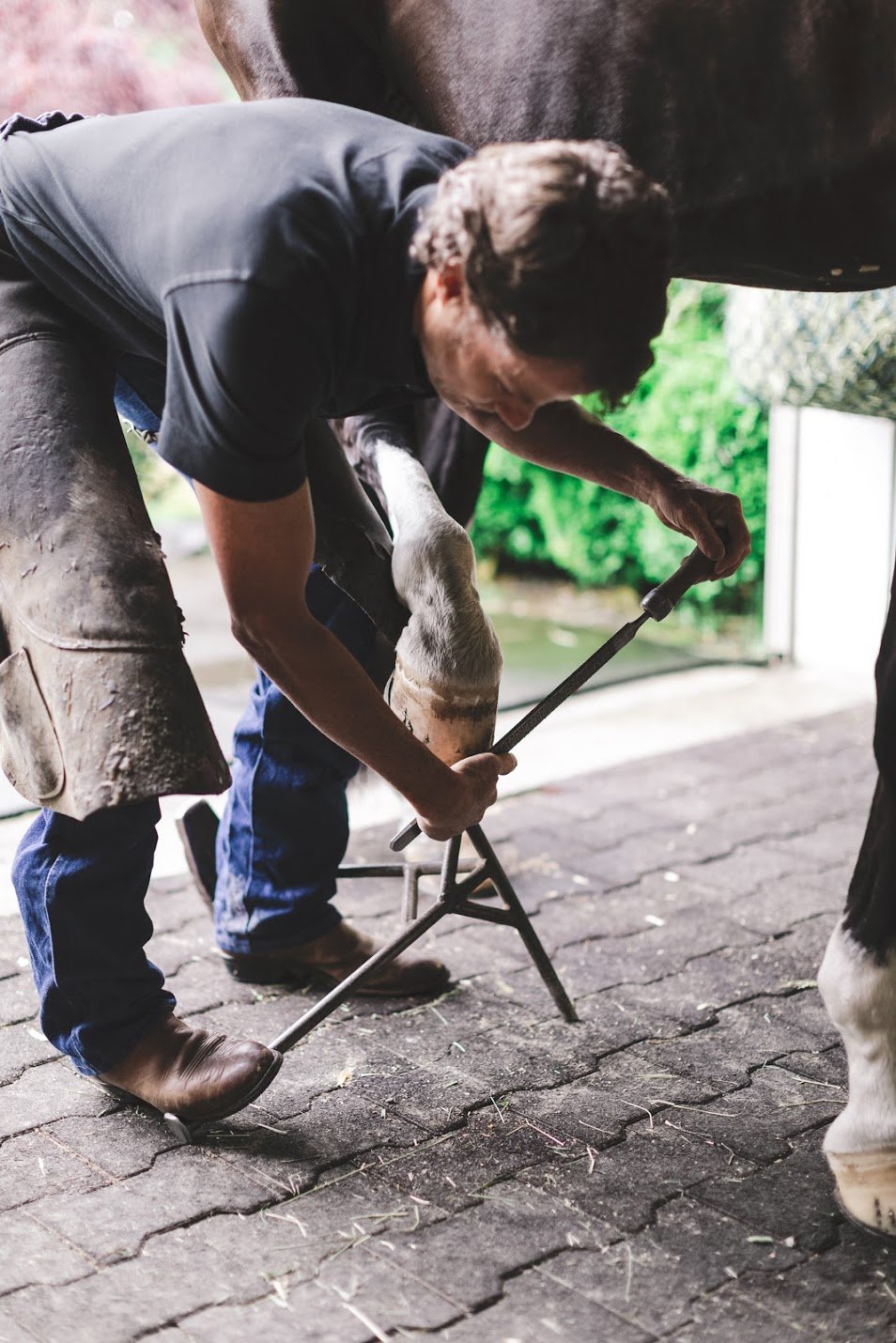The trim is the most important aspect of the horseshoeing process. Without the proper trim, things can go terribly for a horse.
When looking for a farrier for your horse, it is crucial that you research in-depth, the farriers’ understanding and ability to articulate exactly what it means to trim a hoof. He or she should be able to explain his or her technique, as well as the larger context for the overall health of the horse.
Looking At The Trim: Form, Function and Hoof Balance
The results of any trim can be judged even by a novice because the hoof should become more beautiful, the shape should become more beautiful, the hoof wall should get thicker, and the concavity of the sole should increase.
Hoof balance is never spot on, it is always either getting better or worse. Because of this, it’s crucial for me as a farrier, that I analyze the positive or negative effect of my trim every shoeing cycle to help me keep the horse in balance between the lines. Using a series of physical reference points and proportions to trim hooves, I follow up with a series of double checks to assure I am headed in the right direction. One of the biggest double-checks is how the feet look in six weeks.
Also associated with the trim is an understanding of how my trim affects the whole body. I work in partnership with the trainer and veterinarian to help assess any issues and therefore tailor my trim to the horse’s needs at that time taking into special consideration the horse’s job and training routine.
From The Shoes Up: The Trim And The Custom Shoe
For whatever balance issues I cannot achieve with the trim at a given shoeing, I must then build the shoe to help achieve them. I design each shoe to distribute weight as necessary including the rider’s weight in accordance with the horse’s job and training.
Horsemanship related to farriery starts with the idea that each shoeing and shoeing experience builds on the last one. My goal is to ensure that the horse has a positive experience, which will help not only the horse but the farrier throughout the horse’s life. Each trim starts with an overall assessment, watching the horse move to determine where I would like to end up in this shoeing.
Bottom Line: This Is About The Horse’s Well-being
A positive experience addressing trim and shoeing is accomplished by addressing the horse’s emotional needs at that time as well. Whether it be having their friend nearby, or having a leg held lower for extra comfort, or by not burning on the shoe, my horsemanship is designed to help the horse have confidence in the experience so that the end result is that the horse gets a better quality shoeing throughout their lifetime.


Leave a Reply
You must be logged in to post a comment.